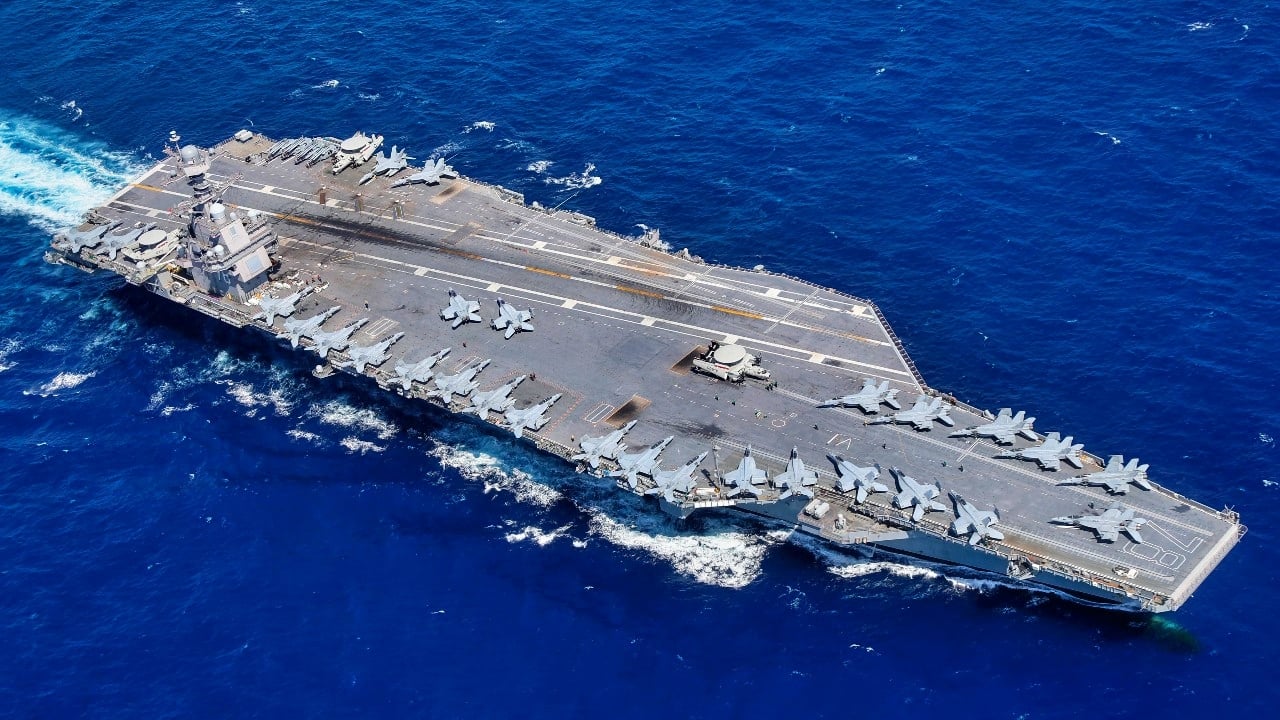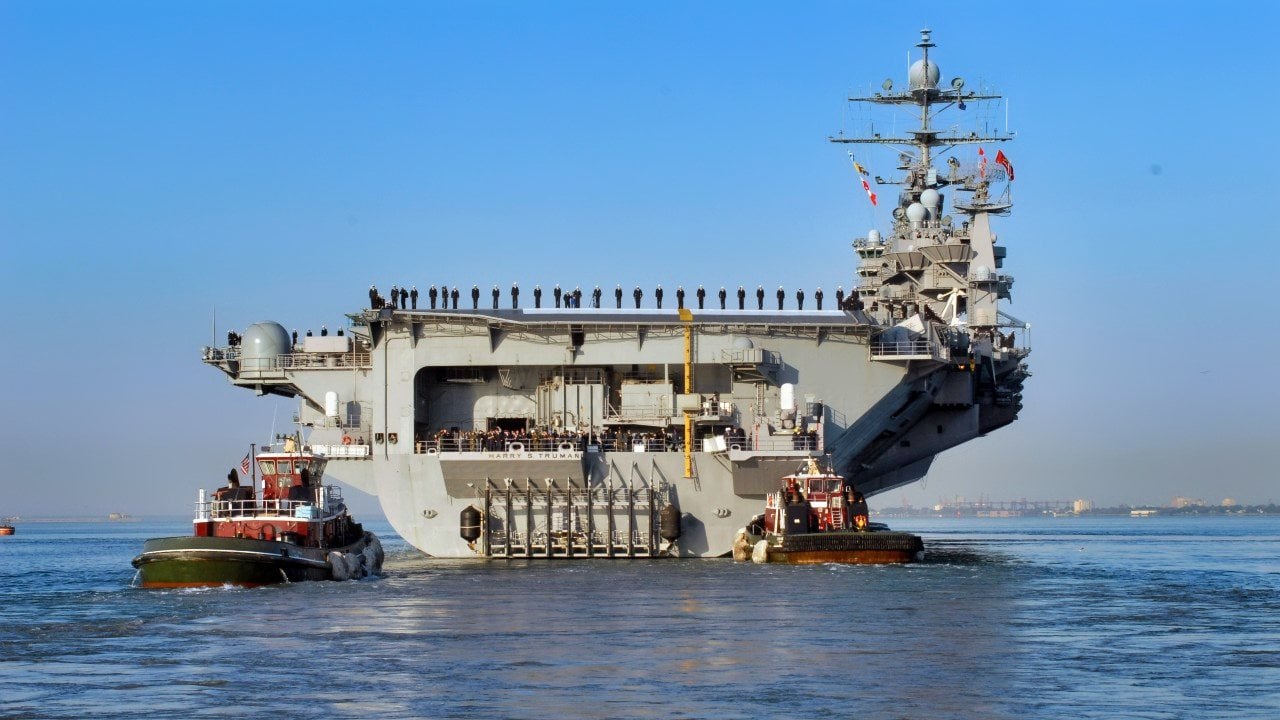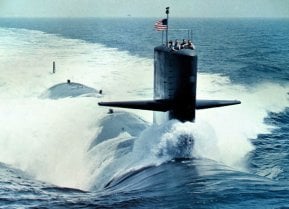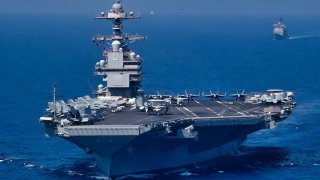Navy Ford-Class Aircraft Carrier Can Be Explained in 2 Words
The Ford-class aircraft carrier's $13 billion price tag stems from advanced technologies like the EMALS catapult, designed to launch diverse aircraft faster and more smoothly than traditional systems.
A Mistake?: The Ford-class aircraft carrier's $13 billion price tag stems from advanced technologies like the EMALS catapult, designed to launch diverse aircraft faster and more smoothly than traditional systems.
-Enhanced automation also lowers crew needs and, potentially, lifetime operating costs. Despite these innovations, rising threats from anti-ship missiles, drones, and hypersonic weapons raise questions about the future role of supercarriers.
-Given the high stakes—the loss of lives, years of investment, and billions of dollars—some wonder if further investments in these massive, expensive vessels remain wise amid escalating naval defense advancements.
Why America’s Ford-Class Supercarriers Cost $13 Billion Each
Why so expensive? Aircraft carriers have never been cheap. Aircraft carriers are, essentially, floating cities, capable of projecting airpower around the globe, capable of sailing forever on nuclear power. That sort of technology requires an impressive investment. The predecessor to the Ford-class, the Nimitz-class, itself cost several billion dollars per ship. So, a nine-figure price tag isn’t necessarily a head-turner. But a ten-figure price tag is.
The Ford-class’s $13 billion price tag was achieved through the research and development of novel technologies, which were incorporated into the new boat, and theoretically offer an advantage over predecessors. One such technology is the EMALS catapult system. The EMALS will replace the traditional steam-powered catapult with a magnet-powered catapult. The benefit of the EMALS is that the system allows for a wider variety of aircraft to be launched, more smoothly, and in quicker succession. The result is a higher Sortie Generation Rate (SGR), meaning the effectiveness of the entire venture is improved.

Further resources were dedicated to developing automated technology aboard the Ford-class. The increased automation will reduce crew requirements, which in theory, will result in cheaper operating costs over the course of the vessel’s service life.
Regardless of the Ford-class's cost-specifics, questions have been raised about the future role of the aircraft carrier in general, casting doubt not just on the super-expensive Ford, but on the aircraft carrier as a type of warship.
The rise of drones, which can be deployed in kamikaze mode, and/or in buzzing swarms, has proven disruptive to the operations of surface vessels—despite costing a mere fraction of what a surface vessel costs. More concerning perhaps, are improvements in anti-ship missiles and the onset of hypersonic missiles—all of which pose significant threats to surface vessels.
The United States hasn’t lost an aircraft carrier since World War II. In the eighty years since, the standards for what constitutes an acceptable military loss have lowered drastically. Americans are generally not comfortable with the loss of life or technology.
The loss of something like an aircraft carrier would be unfathomable to the contemporary American, and indeed, staggering in its proportions. Thousands of sailors would potentially be lost.

Billions in investment, and years of construction time, would be lost. Of course, the financial ramifications are higher now with the Ford-class (while the loss of life ramifications are lower, but still staggering). In short, losing a Ford-class, or any class of supercarrier, would be unacceptable to the American public. Yet, the risk of loss increases as naval defense technology continues to improve. And as naval defense technology continues to improve, the wisdom of investing further into supercarriers will be more critically considered.
About the Author: Harrison Kass, Defense Expert
Harrison Kass is a defense and national security writer with over 1,000 total pieces on issues involving global affairs. An attorney, pilot, guitarist, and minor pro hockey player, Harrison joined the US Air Force as a Pilot Trainee but was medically discharged. Harrison holds a BA from Lake Forest College, a JD from the University of Oregon, and an MA from New York University. Harrison listens to Dokken.
Image Credit: Creative Commons.


